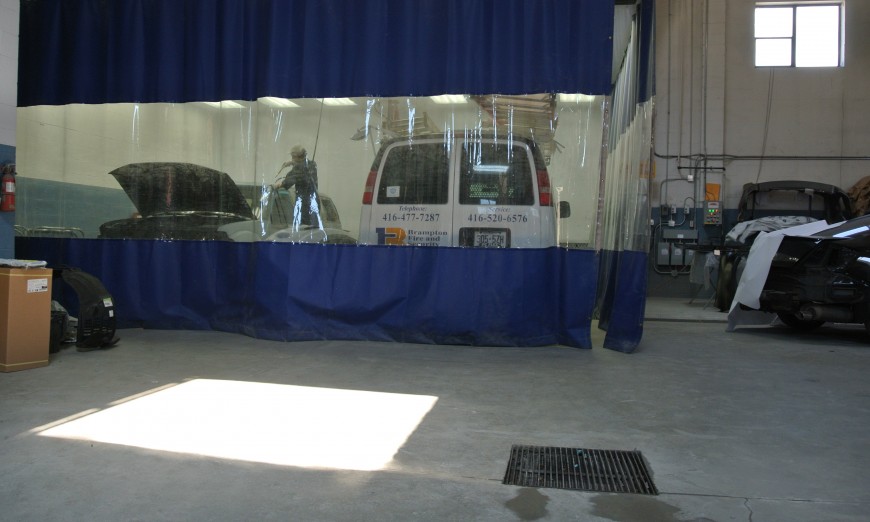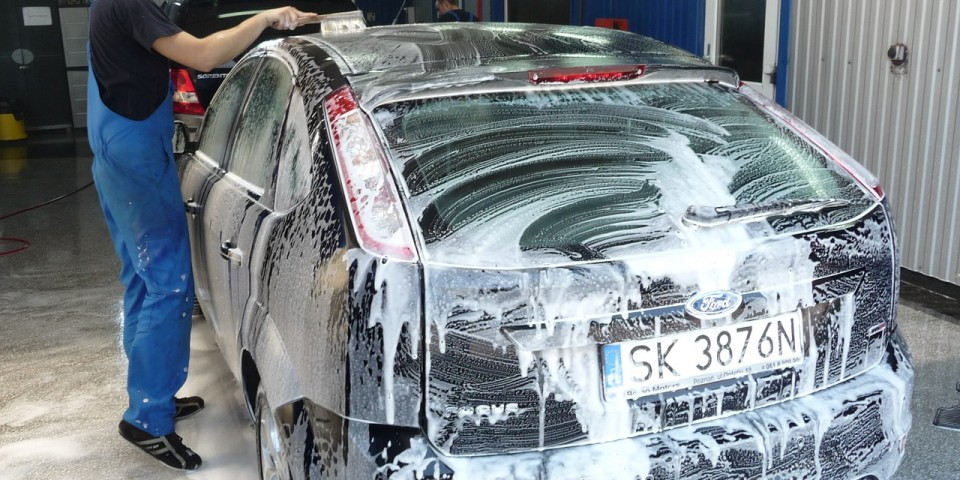You don’t need to be a mechanic, or even a car enthusiast, to perform basic maintenance on your car. You can save money and hassle by learning how to keep your car in good working order year-round. No more emergency calls to the mechanic on the weekend. No more desperate roadside AAA service. Perform regular inspections and tune-ups and your car will be reliable, safe, and road-ready.
One of the simplest ways you can extend the life of your automobile without paying for costly tune-ups is to check your oil, if it’s low. Also, examine the rag. If you noticed any sediment or chunky-looking oil, you’re probably in need of an oil change. Put the dipstick back and remove it once more to check the level. Notches on the dipstick should tell you how full the compartment should be.
Another tip is to inspect the tires. Nothing’s worse than a busted tire at the wrong moment, when you’re running late to work in the rain. Regularly inspecting tires and rotating them can help to avoid this irritation. Check both the air pressure in your tires, and check the tread for wear and replace the tires if you need to. Also, find the windshield washer fluid, brake fluid, as well as the anti-freeze compartment to make sure they’re both full and clean. This is not something you will need to check every week, but doing it semi-regularly will ensure that your car is in good working order. The brake fluid is housed in a white plastic reservoir in the engine compartment, labelled ”brake fluid.” This should never go down, unless you’ve got a leak in your line somewhere, which means you need to take it into be serviced immediately, or check the lines yourself. Radiator fluid needs to be checked when the engine is stone cold. If you notice a strange, sickly-sweet smell that comes through your air-conditioner ducts as you’re driving, you might have a coolant leak, causing glycol to drip onto the engine compartment and burn. If your levels are low, this could be the cause.
Inspect your car’s battery for corrosion and other signs of wear. If you’re noticing the car does not start up as crisply as it used to, inspect the contact points. Clean them, if necessary, with baking soda and an old toothbrush. You can also a tiny amount of soda pop to cut through the corrosion and clean them up. Loosen the bolts that secure them, if necessary, and clear out any build-up. It is also a good idea if you regularly perform light checks to make sure all your lights are functioning properly and that nothing is burned out. To check the bright, you can park aimed at a wall and flash them. They’ll sometimes need aligned to make sure they’ll sometimes need aligned to make sure they’re illuminating the right amount of road and giving you the vision necessarily for safe night driving.
When an issue comes up, there’s no time like the present to get out in the driveway and start tuning things up. Driving around with a squeaky alternator belt for weeks at a time is both bad form for your engine and for your neighbour’s sanity.


